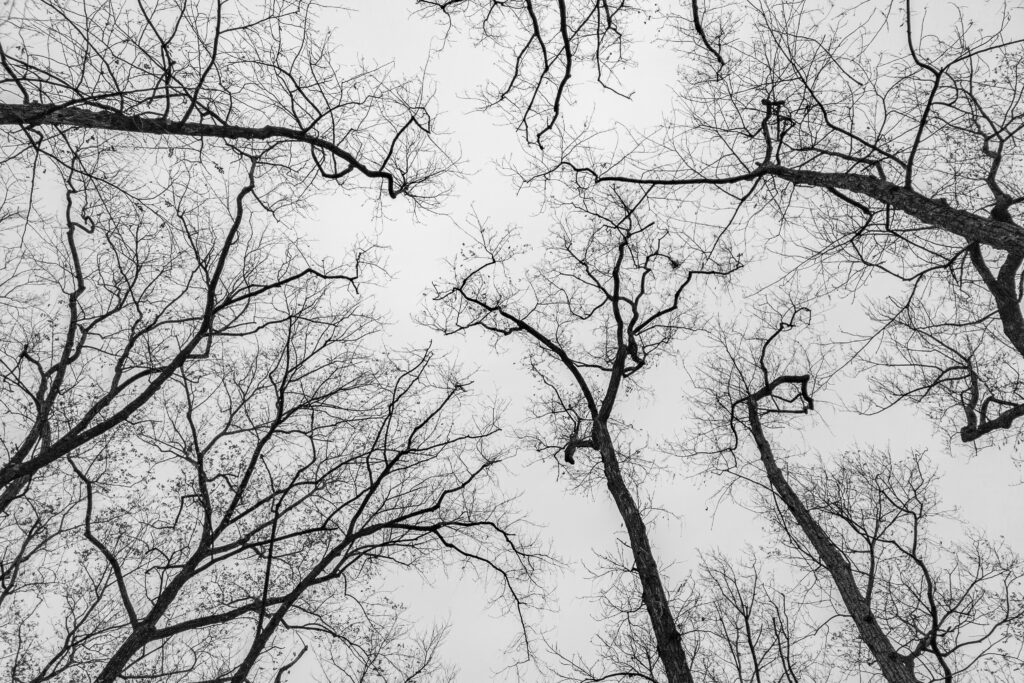It’s the End of the World as We Know It: The Amateurs Offers a Glimpse of Life After the Apocalypse

How do you start over when the world ends? There doesn’t have to be an apocalypse for life as you know it to tilt. These days, we wake up to headlines that read from a dystopian novel. And The Amateurs, the debut novel by Liz Harmer, has something to say to those who shelter in place about staying put, about love, and also about letting go. The Amateurs could have relied on previous tropes from the science-fiction genre but instead casts a wider net in The Amateurs as we contend with reality and dabble in the dangers of technology. “The Apocalypse could have happened a hundred different ways,” The Amateurs tells us of one. The novel asks us to pay attention—are we awake, half-asleep, or dreaming? And if we are dreaming, can we wake up? Or, better yet, the novel asks, “What are the limits of your existence? You wanted to know.”
The central character in The Amateurs is Marie, an artist, part of a misfit group that is sheltering in place in a Canadian city, emptied of people. Marie chooses to stay in her downtown studio with her dog while the rest of the group dwells across town in an abandoned church. Is it risky to remain alone far from the group? The Walking Dead would have us believe so.
Grief isn’t expressed the same by each person. The first stage is denial. Marie keeps her routine tethered to life before and that gives her days shape and meaning. Imagine a world where the technology that keeps you tethered to the outside world does not function. No instant gratification of time or attention:
“For months after the grid went down, some of them would reach for the phone no longer in their back pocket of their jeans. In Marie’s situation, sitting bored on a stoop and waiting, a device like that would keep time from becoming a thing to be endured.”
Daily, she photographs the billboard across the street as a totem for what doesn’t change and as another way to chronicle time’s passing. That billboard is something she can count on. One day, the billboard displays something new, a graffiti message that changes everything. Is it the sign she’s been waiting for or an ominous omen?
A port is another word for a door. And in The Amateurs, a port is a technological device that is pretty irresistible. Imagine being able to travel anywhere in space and time right now. Where would you go? Would you come back? According to Albrecht Door, CEO of PINA, makers of port technology, the answer is no. A majority of port travelers choose not to return (this, we discover, is the reason for the hollowed-out world). Footage shows travelers returning who are dubbed “Testifiers”. This idea of people who have gone to the other side and come back is used by PINA in advertisements and product marketing.
Humanity then falls into two camps: those who left and those who remain. How people sort themselves starts from a socio-economic standpoint. The super-rich are the only ones who can afford port at first. Early adopters’ ownership of a port is seen as a status symbol, and the slender port machine is positioned in a place of prominence in a living room, its presence a source of pride for the owner. Port’s design is described as sleek and sophisticated, probably the kind of invention that the best architects at Apple would sketch, package, and sell. Harmer depicts the port with such vivid detail. She wants you to want it. As you read about it, you too are picking a side: are you like Avatar movie fans who became depressed with homesickness, watching and re-watching the world of Pandora, wishing it could be theirs; or are you wary of what could be on the other side of the slick messaging and sleek build? Marie picked her side—avoidance:
“Marie knew that the moment she went in alone, she’d be up there, unwrapping, unzipping, as though each small exposure to its seductive force had been a taste of a potent, perfect drug. It seemed to promise the world.”
There’s a scene early on where a celebrity-artist invites Marie and friends to his house for a party and port reveal. Little do they (or the celebrity-artist’s husband) know he is about to step through port with a fellow guest. But also, a larger question comes up: “What I mean is, if their molecules got sucked up and rearranged, as they’d have to be, you know, wherever they end up, then I wonder, whether a person would still be themselves anymore.”
Who leaves and who remains is a multi-pronged dilemma in The Amateurs. There is a growing source of dissension in Marie’s cohort, of those who urge they must move from their Canadian city before winter descends, and those who want to stay put, namely Marie. She waits for her ex-husband, Jason, to return. She can’t move forward—figuratively or literally. Port glows with the possibility of leaving, but there is also a quiet power in choosing to stay. When an unexpected wedge drives through the core of the cohort, everything goes sideways.
There is an undercurrent of “Earth’s hostility to man” that reverberates within the pages too. A healing of the Earth is taking place. Marie describes how hard it is learning to survive in a familiar world now off the grid, like fending off decay, or hunting or foraging for food. How “the world they left behind was revealed as something new to those left behind.”
Some of the pages feel ripped out of our news cycle. Substitute “infected” for “disappeared” in a round of Mad Libs here: “the people had disappeared so fast, there was no time to plan. While they were figuring out what to do with their wealth, airlines had died, competitors fell away, and people providing amenities like their own personal catering company and personal barbers, stopped showing up at PINA.”
“Am I awake or am I sleeping”—it’s a question that comes up repeatedly throughout The Amateurs. The early days of a relationship reveal quirks in companions with Marie recalling how, with Jason, we are pulled into one of his penchants—lucid dreaming. It’s a foreshadowing that continues to prevail throughout the book. Still, the cohort leader thinks to himself at one point, “this was less real than some other reality.” What is real and who determines whether what is purported to be real or not hearkens back to the importance of the book title.
If there are amateurs then there must also be professionals. Halfway through The Amateurs, the plot pivots into PINA headquarters where we meet Brandon, head of PR and right hand to PINA CEO. This twist corkscrews around the theme of inside/outside. Is the security inside PINA HQ preferred to the dangerous freedom outside where Marie and the cohort exist? Who is really in PINA’s inner circle and is there a way to go from inside out?
This is where the book’s temperature is white hot. At its best, this is a story about love and not giving up, but the purpose of port in the end is to talk about the dismantling of our need for one another. How stepping through port does not take into account those left behind. It is a selfish act. Through Marie and Brandon’s stories a new narrative emerges—one of resistance to the pull of an easy escape. One that chooses hard realities to the sway of our own whims. The fifth stage of grief is acceptance. And that cannot be gained without wide-eyed awakening. On the outside, The Amateurs asks philosophical questions about technology, dipping a toe in Silicon Valley hot topics of multiverses and the Singularity, but only as a catalyst to questioning the humanity behind all of it. Each of us chooses a side: “Am I awake or am I dreaming?” But that doesn’t mean you can’t come back in the end. “Here you are: here is the story you need.”


